🔥 The Customer Engagement Book: Adapt or Die is live!
Download Now


Around 22% of the respondents in the Europe region utilize CRMs and multi-channel CEPs, respectively.
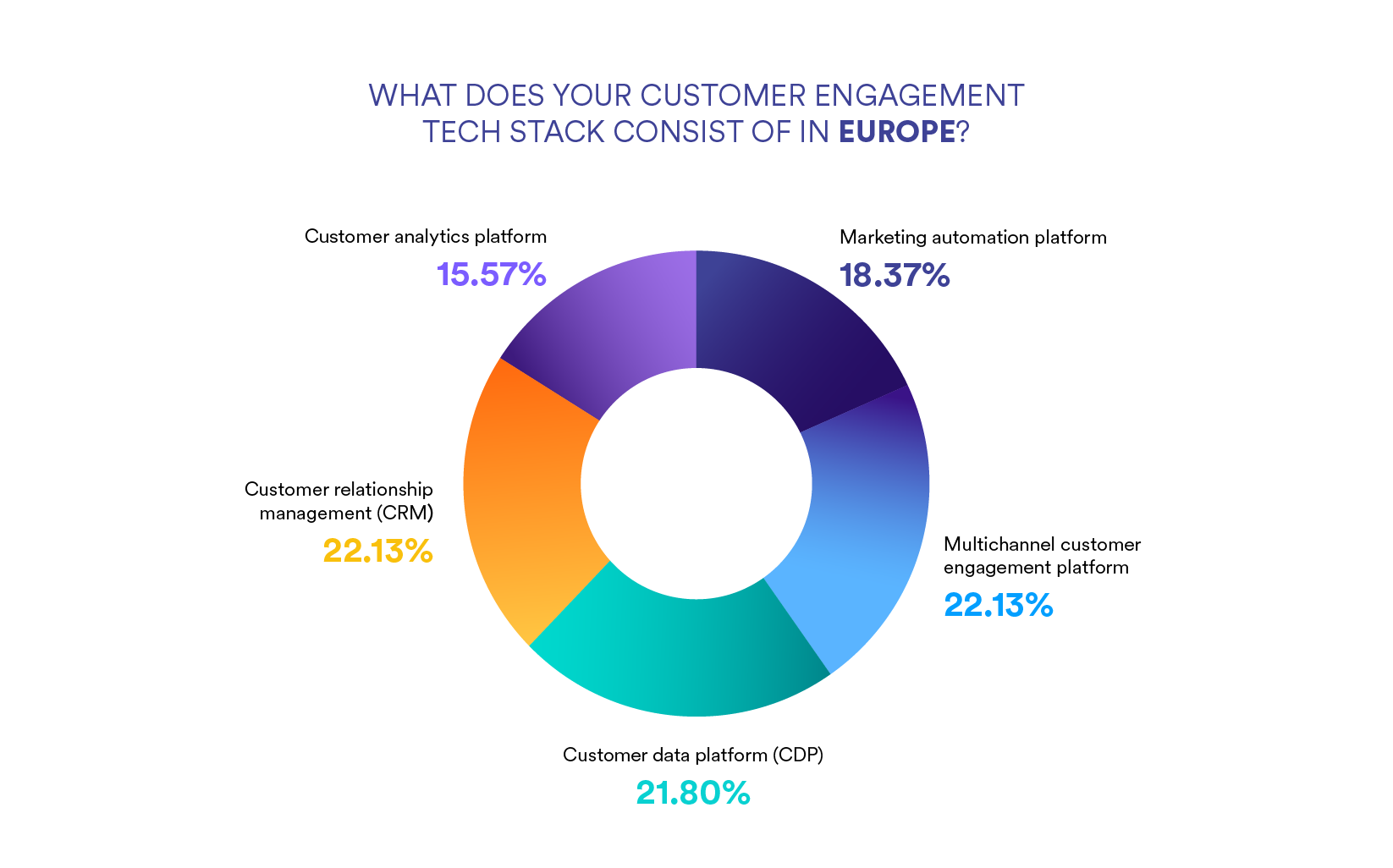
Yes, the lack of real-time analytics is the biggest concern across regions as it hinders the objective of creating personalized experiences. It is clear to say that regional marketing folks are not able to dissect the customer data of their new and existing customers as much as they would like to.
Yes, 27.8% of marketers use insights to send personalized product or content recommendations across digital channels. As we see similar trends, personalization remains a top priority for them across various regions.
Globally, we observed that a mix of email communication (18%) and social chat messaging channels (15%) are being utilized. It is interesting to note that when dissecting the survey findings from various regional perspectives, we found most marketers are using Email as their top digital channel to engage. Gathering a deeper understanding of customers can also help marketers map preferred channels when sending engagement campaigns.
We see that 39.5% of marketers value that campaign, journey, and customer insights are high impact. We found that the 40% are unsure, as they have been measuring short-term vanity metrics instead of the more medium and long-term insights, which could contribute more meaningfully to their business metrics and ROI.
Most brands send communication based on a standard flow of customer’s lifecycle; not using customer insights to understand preference and habits to fuel hyper personalization that leads to customers disengaging with the brand. The need to switch to insights-led engagement is increasing by the day. As a brand, you can adopt this strategy by following these 6 best practices:
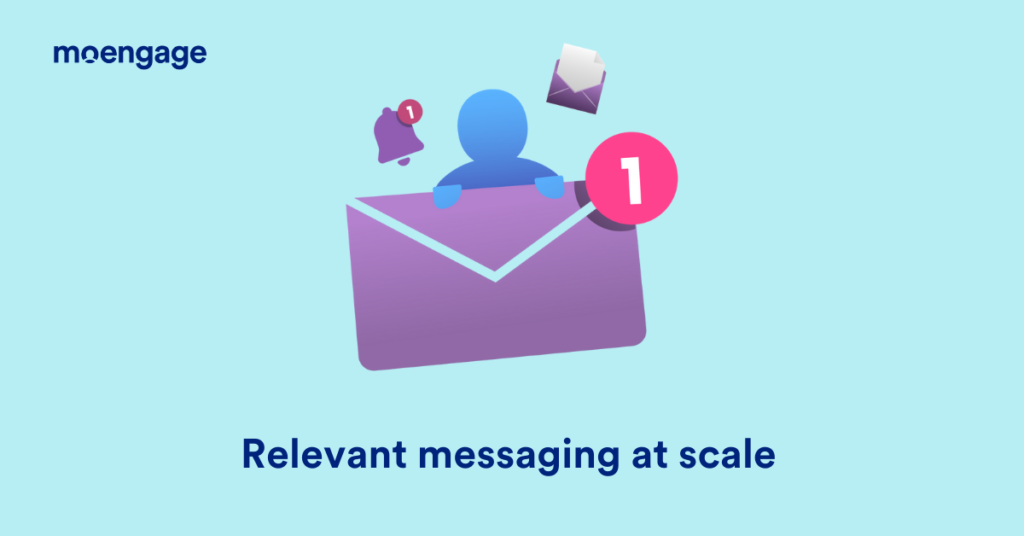
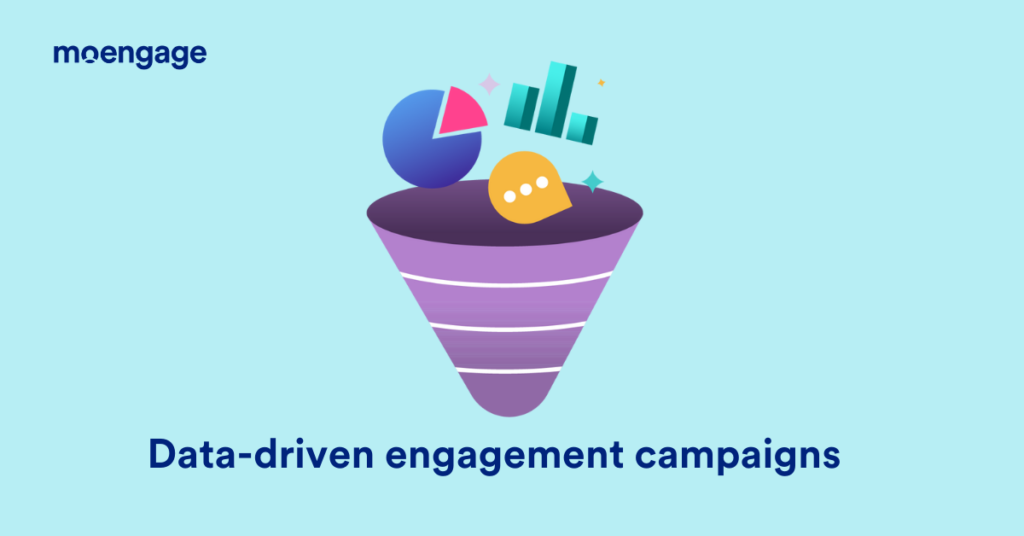
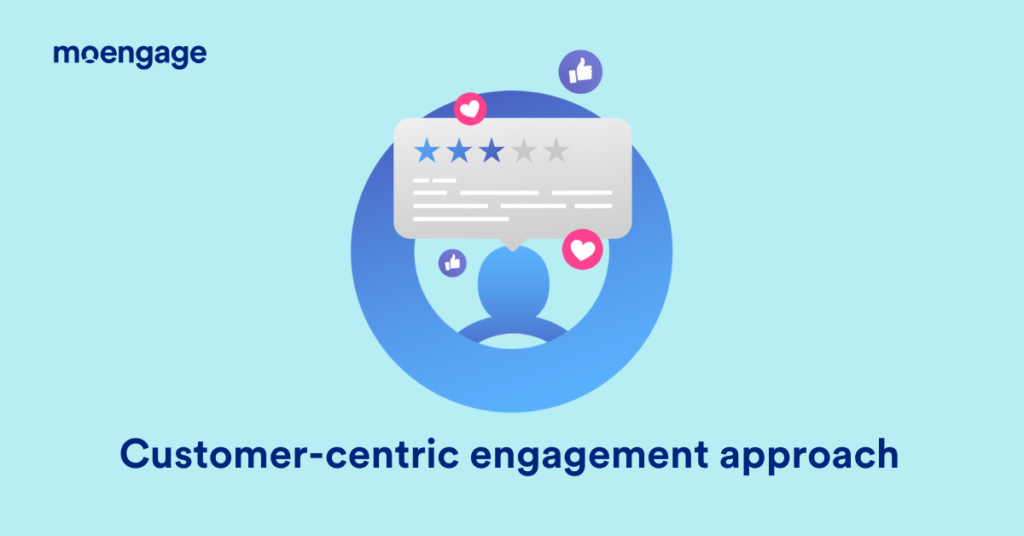
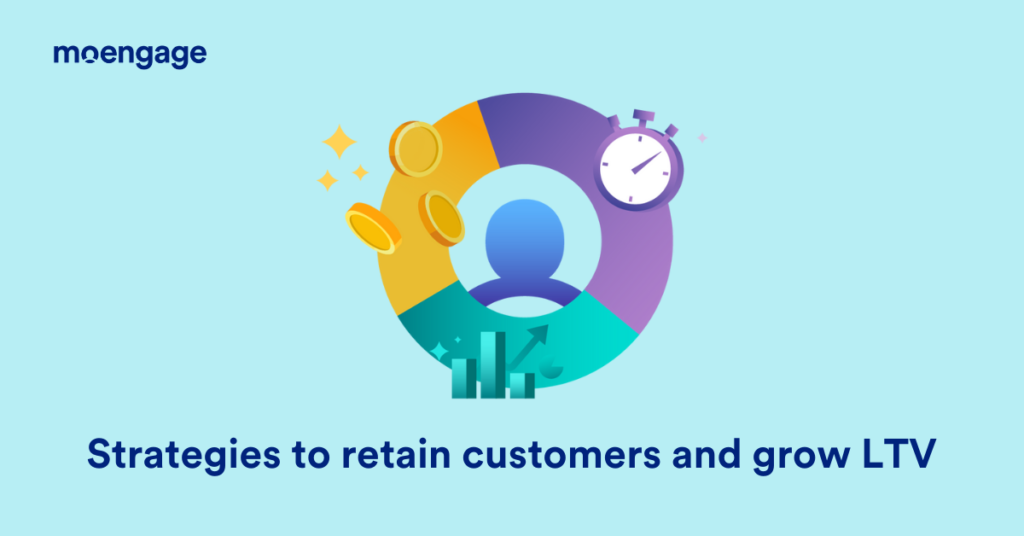

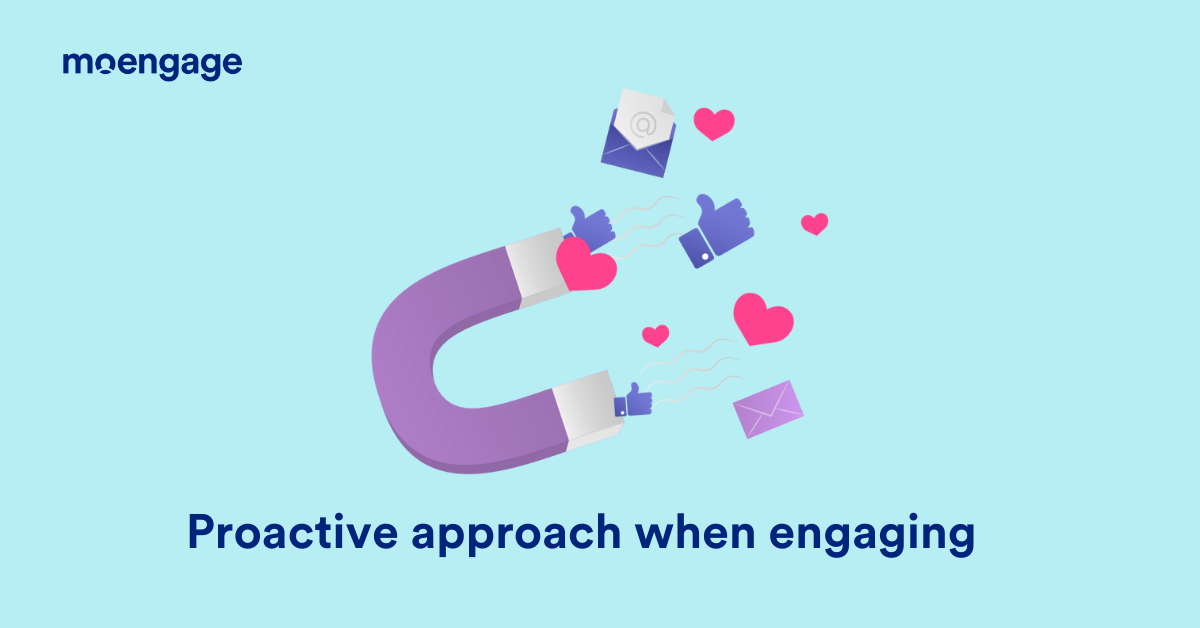
What is this state of customer engagement report about?
This report was created after surveying 2000 marketers and product managers across the globe to get a pulse on how current customer engagement is managed. Also, to understand what insights marketers scrutinize to create a personalized experience and increase customer lifetime value using a customer engagement platform. The report results also shed light on how companies have changed their approach to communication since the past year.
We have another a customer engagement report, get this report on our reports section now.
What regions were covered in this MoEngage State of Customer Engagement?
We surveyed marketing leaders and product managers from Europe, India, North America, Middle-east, and Southeast Asia regions hailing from industry verticals such as Consumer Shopping (Retail and E-commerce), Banking and Fintech (BFSI), Ed-tech, Media and Entertainment, Telecom, and Travel and Hospitality. There are some sub-verticals such as Grocery, Hotels, and likes included.
What customer engagement insights does the report contain?
The report contains survey findings on the challenges faced by marketers while planning customer engagement efforts, their direction to customer success, factors they currently base their campaigns on, data insights they capture when it comes to journey, campaign, and customer insights, as well as how they personalize communication.
Why is there a trend to move from campaign-centric to customer-centric customer engagement?
Typically, customer engagement is looked at through a campaign-focused, hypothesis-driven lens. These workflows might run on a marketer’s idea of what the customer really wants, so the results only have a short-term impact.
The insights-led engagement approach considers their preferences, behaviour, existing data, and buyer patterns across various channels.
The availibilty of artificial intelligence driven platforms are also encouraging an insight focused approach for businesses.
What do you mean by insights-led engagement? How is it different when compared to the current engagement approach?
The current approach has marketers plan campaigns, run them, analyze the results these garnered, and course-correct.
On the other hand, the insights-led engagement approach is a continuous loop that uses customer behavior, preferences, or affinity to generate real-time insights by monitoring behavior, existing data, and buyer patterns across various channels.
It is also built to examine data at scale and leverage it to predict activities in the future. Opt for a customer engagement platform as it will help you learn, choose, and manage relationships and also understand purchases and growth trends.
What are customer insights, and how could they improve customer experience?
Customer insights are analysis of data on their behavior, activity, interest, and attributes. The goal of gathering these insights is to fuel effective conversion.
These can help you with accurate personalization, facilitating a frictionless encounter, and predicting actions like churn, dormancy, or uninstalls.
How can marketers gather journey, campaign, and customer insights?
Streamlining the data you’d receive from online and offline sources is the key to gathering insights. Majority of the survey respondents (41.35%) state that their teams (marketing, social, mobile, web, email teams) either separately plan and execute, or centrally plan and independently execute communication efforts. Only a tiny percentage of those surveyed report that their planning and execution are centrally aligned. This siloed approach hampers the collection of insights.
To gather this data from across your omnichannel strategy, build a 360-degree unified customer profile that includes their attributes, activity across channels, workflow interactions, and more. It will also help enhance overall business growth.
What MoEngage features can help execute this approach?
The complete MoEngage suite can help you execute this strategy while allowing you to optimize your current one. A complete user analysis using our platform will help you learn how your digital customer engagement is working and what results channels like social, mobile, email, and others are observing. Download out report to know how well MoEngage can help you.






MoEngage is an insights-led platform trusted by 1,350+ global brands like McAfee, Flipkart, Domino’s, Nestle, Deutsche Telekom, and more. MoEngage’s powerful analytics, personalization, and AI capabilities give a 360-degree view of your customers and help you create journeys across digital channels.